Exploring new art techniques is an exhilarating journey that invites artists and enthusiasts alike to discover fresh perspectives and innovative ways to express creativity. In today’s dynamic art landscape, blending traditional mediums with modern innovations has opened up endless possibilities, allowing artists to push boundaries and experiment with uncharted territories. Whether you’re an aspiring artist seeking inspiration or a seasoned creator looking to refresh your practice, delving into emerging art techniques can reignite your passion and open doors to unprecedented creative expression. This guide will walk you through the fascinating world of contemporary art methods, offering insights into how masterpieces are crafted and how you can adopt these techniques to fuel your artistic journey.
Key Takeaways
- Diverse Art Techniques: Explore a wide array of techniques from traditional drawing and painting to cutting-edge digital art and performance art.
- Creative Exploration: Discover how artists innovate and express themselves through various mediums, fostering unique styles and narratives.
- Traditional & Modern Fusion: Balance between classic techniques like sculpture and contemporary methods such as photomontage drives artistic evolution.
- Easiest Techniques for Beginners: Master simple methods like acrylic pouring, oil pastels, and collage to kickstart your artistic journey.
- Modern Art Movements: Understand influential techniques like abstract expressionism and cubism that reshaped the art world.
- Resource Hub: Visit Artful Journey for comprehensive guides and tools to elevate your creative practice.
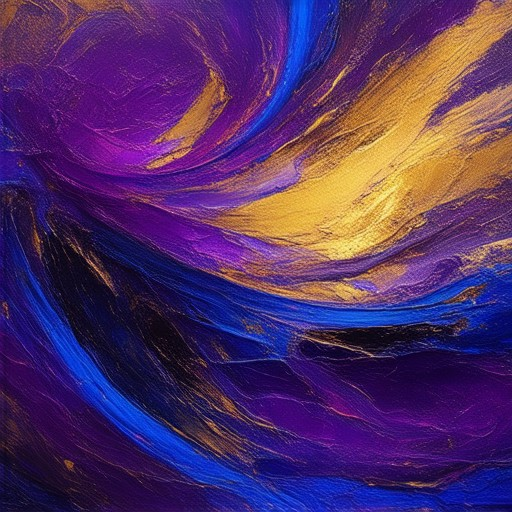
How to Find a New Art Style
Discovering a new art style can be an exciting journey that sparks creativity and opens up new possibilities. Here’s a step-by-step guide to help you explore and identify your preferred art style:
- Understand Your Preferences
- Reflect on what you enjoy looking at – whether it’s paintings, sculptures, digital art, or photography.
- Consider the emotions or feelings your favorite artworks evoke in you.
- Think about the colors, textures, and subject matters that appeal to you most.
- Explore Different Art Forms
- Visit museums or galleries to see a variety of styles like impressionism, surrealism, cubism, and more.
- Browse art books or online platforms to discover different movements and techniques.
- Watch videos of artists working in different styles to get inspired.
- Study Great Artists
- Research famous artists whose work you admire. Analyze their techniques and unique approaches.
- Look at how they manipulate color, composition, and perspective.
- Try to replicate their styles in your own artwork as a starting point.
- Experiment with New Techniques
- Take classes or watch tutorials to learn new skills that can help you develop your style.
- Play around with different media, like watercolor, oil paint, or digital tools.
- Don’t afraid to mix elements from various styles to create something unique.
- Seek Feedback
- Share your artwork with friends or in online communities to get constructive criticism.
- Listen to their opinions on what aspects of your work stand out and what could be improved.
- Use feedback to refine your style and explore new directions.
- Stay Updated on Trends
- Follow art blogs, websites, and social media accounts to stay informed about current trends.
- Attend art fairs or exhibitions to see what’s happening in the art world.
- Keep an eye on emerging artists who might be influencing future styles.
Remember, there’s no right or wrong way to find your art style. The key is to stay curious, experiment, and let your personality shine through your creations. Whether you’re drawn to traditional mediums or modern technologies, the most important thing is to express yourself authentically.
For more resources and inspiration, visit our Artful Journey website. Explore articles, tutorials, and community discussions dedicated to helping artists grow and discover their unique style.
Newer Techniques in Contemporary Art
Contemporary art is constantly evolving, with artists embracing innovative techniques to push boundaries and express their unique perspectives. Here are some of the newer techniques gaining prominence:
- Digital Art and Media : With advancements in technology, digital art has become a cornerstone of contemporary art. Tools like Adobe Photoshop, Procreate, and even apps like Instagram and TikTok have enabled artists to create intricate digital works. Many artists now blend traditional mediums with digital tools, resulting in hybrid pieces that defy conventional categories.
- Mixed Media : Combining diverse materials such as paint, sculpture, fabric, and even everyday objects, mixed media art offers a dynamic way to explore textures and themes. This approach allows for a more experimental and layered aesthetic, appealing to artists seeking to break free from traditional constraints.
- Street and Urban Art : What was once considered a rebellious form of art has now gained mainstream recognition. Street artists like Banksy and JR continue to influence contemporary art with their bold, thought-provoking murals and installations. This genre often focuses on social commentary and community engagement.
- Installation Art : Installation art challenges the traditional notion of art by creating immersive environments. These works often interact with the viewer’s space, inviting participation and reflection. Artists like Jenny McCarthy and Ai Weiwei are renowned for their groundbreaking installations that stimulate dialogue and curiosity.
- Projection Mapping : Utilizing cutting-edge technology, projection mapping transforms surfaces into dynamic canvases. This method is increasingly used in public art projects, allowing for large-scale, visually striking installations that come to life with light and shadow.
- Augmented Reality (AR) and Virtual Reality (VR) : AR and VR are revolutionizing the way art is experienced. Artists can now create immersive digital worlds that viewers can explore, offering a new dimension to their work. This intersection of technology and creativity is pushing the boundaries of contemporary art.
To dive deeper into these techniques and discover more resources, explore our Art Techniques section. We provide detailed guides, tutorials, and inspiration for artists of all levels, helping you stay ahead in the ever-changing landscape of contemporary art.
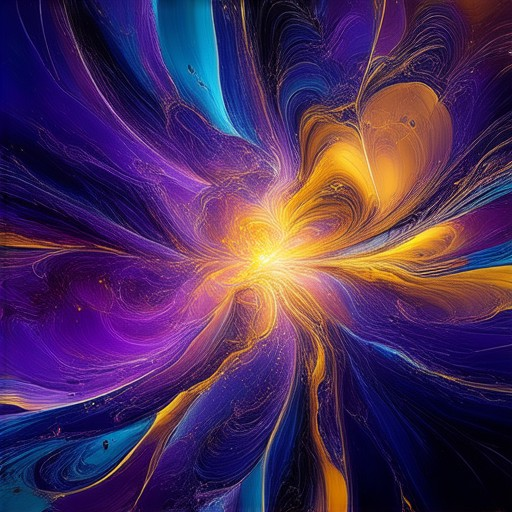
Exploring in Art
Exploring in art refers to the act of discovering and experimenting with various artistic mediums, techniques, and styles to foster creativity and self-expression. This process involves stepping outside of one’s comfort zone to explore different forms of artistic expression, whether through painting, sculpture, photography, digital art, or other creative disciplines.
1. Personal Growth Through Exploration
- Exploring art allows individuals to tap into their inner creativity and emotional depths. By experimenting with diverse art forms, one can uncover hidden talents and develop a unique artistic voice.
- This journey often leads to personal growth, as individuals gain confidence and learn to express themselves more effectively. Art exploration can also serve as a therapeutic outlet, helping people process emotions and experiences.
2. Connection and Community
- Exploring art is not just an individual endeavor; it fosters connections with others who share a passion for creativity. Joining online communities, attending art classes, or participating in group exhibitions can enrich the experience.
- Through shared interests, individuals can build meaningful relationships and collaborate on projects, further enhancing their artistic development.
3. Challenging Traditional Norms
- Exploring art often involves breaking free from conventional approaches. Artists may experiment with unconventional materials, merge different art forms, or challenge societal norms, leading to groundbreaking creations.
- This process encourages innovation and pushes boundaries, ultimately contributing to the evolution of art.
4. Resources for Art Exploration
- We encourage you to visit our Art Forms section to discover various techniques and inspirations. Explore our Techniques page for step-by-step guides and video tutorials.
- For those interested in community-driven projects, check out our Community page to connect with fellow artists and share your work.
By embracing the process of exploring art, individuals can unlock their creative potential and contribute meaningfully to the global artistic landscape. Whether you’re a seasoned artist or just beginning, the journey of exploration is bound to be both rewarding and transformative.
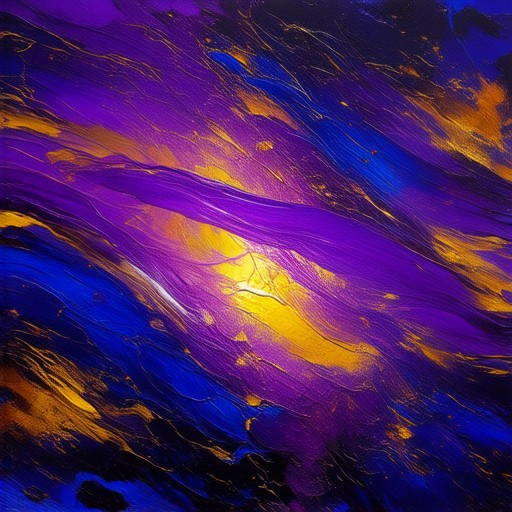
What Are the Techniques of Art?
Art techniques encompass a wide range of methods used by artists to create visual works. These techniques allow artists to express their creativity and ideas effectively. Below are some common art techniques, along with examples of how they are applied:
- Drawing :
Drawing is a fundamental art technique that involves creating images or designs using lines, shapes, and shading. Artists use various tools like pencils, pens, or digital software to bring their visions to life. - Painting :
Painting involves applying paint to surfaces such as canvas, paper, or walls. Different types of paint, like oil, acrylic, or watercolor, offer unique textures and colors. Paintings can depict realistic scenes or abstract concepts. - Sculpture :
Sculpture is the creation of three-dimensional objects, often made from materials like clay, stone, metal, or wood. Artists shape these materials to form figures or designs, giving form to their ideas. - Printmaking :
Printmaking involves creating images on paper through printing processes. Techniques like lithography, etching, and screen printing allow artists to produce multiple copies of their work. - Photography :
Photography captures light and shadows to create images. Artists use cameras, lenses, and editing software to manipulate and enhance photos, turning ordinary moments into extraordinary works of art. - Digital Art :
Digital art uses computers and software to create artwork. Tools like Adobe Photoshop, Canva, or Procreate allow artists to combine traditional techniques with modern technology. - Mixed Media :
Mixed media combines different materials and techniques to create unique pieces. Artists might blend painting, sculpture, and collage to create layered, multi-dimensional works. - Performance Art :
Performance art involves live performances where the artist interacts with the audience. This could be dancing, acting, or creating art in real-time, often incorporating props or multimedia elements. - Street Art :
Street art is a form of public art created in urban environments. Techniques like graffiti, murals, and installations transform public spaces into vibrant expressions of creativity. - Calligraphy :
Calligraphy is the art of beautiful handwriting. It involves writing or drawing letters and symbols in a stylized manner, often used in paintings, signs, or decorative pieces.
Each of these techniques allows artists to explore their style and tell stories through their work. Whether traditional or modern, art techniques continue to evolve, offering endless possibilities for creativity and self-expression. Explore these techniques on Artful Journey to discover more resources and guides for artists.
What is the Easiest Art Technique?
The easiest art technique depends on your interests and skills, but many artists find that starting with simple mediums and basic techniques yields quick results. Here are some of the most accessible approaches:
- Acrylic Pouring : A fun and fast method involving pouring liquid acrylic paint onto a surface to create vibrant, flowing patterns. Perfect for beginners.
- Oil Pastels : These soft pastels are ideal for creating smooth, blending textures. Great for landscape or portrait sketches.
- Watercolor Sketching : Known for its luminous hues, watercolor requires minimal equipment and is perfect for capturing light and shade effectively.
- Spray Painting : A quick technique for adding texture and color to surfaces. Ideal for creating unique wall art or decorative pieces.
- Collage : Combine pre-made images with your own drawings or paintings to create visually striking artwork. No need for advanced skills!
For those looking to get started, consider experimenting with step-by-step guides and artist resources available online. Many platforms offer tutorials tailored to beginners, making it easier than ever to explore your creative side.
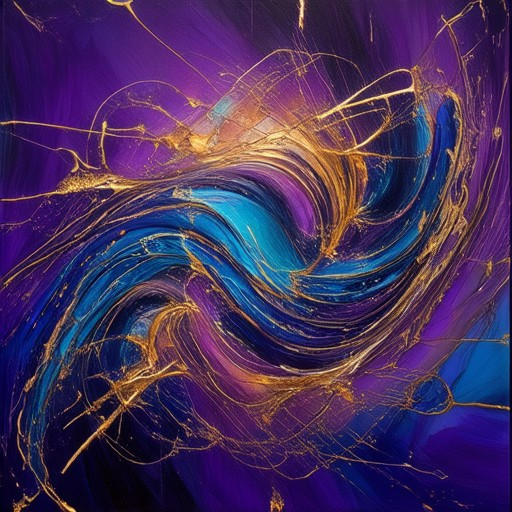
What Techniques Were Used in Modern Art?
Modern art encompasses a wide range of artistic expressions that emerged in the late 19th and early 20th centuries, often breaking away from traditional techniques and conventions. Here are some of the most influential techniques and approaches:
- Abstract Expressionism : Known for its emotional intensity and use of bold colors, this technique emphasizes the spontaneous application of paint to create dynamic, non-representational works.
- Cubism : Characterized by geometric shapes and the distortion of objects to create a three-dimensional effect, Cubism was pioneered by artists like Pablo Picasso and Henri Matisse.
- Surrealism : This movement focused on exploring the subconscious mind, often using techniques like automatism and dream imagery to create thought-provoking works.
- Minimalism : Known for its simplicity and functionality, Minimalist art often uses basic shapes, colors, and materials to create clean, impactful compositions.
- Color Field Painting : This technique involves applying large areas of color to create atmospheric effects, often seen in works by Mark Rothko and Willem de Kooning.
- Collage : Combining diverse materials such as paper, fabric, and found objects, collage adds texture and depth to artworks, famously used by artists like Jean-Michel Basquiat.
- Photomontage : This method combines photographs with other media to create layered, composite images, often used to comment on social or political issues.
- Fauvism : Known for its vibrant use of color and thick brushstrokes, Fauvism emphasizes emotion over realism, as seen in works by Henri Matisse.
- Constructivism : This technique focuses on geometric abstraction and the use of industrial materials, often associated with the Bauhaus movement.
These techniques have significantly influenced contemporary art, allowing artists to explore new ways of expressing ideas and emotions. The evolution of these methods continues to shape the art world today.
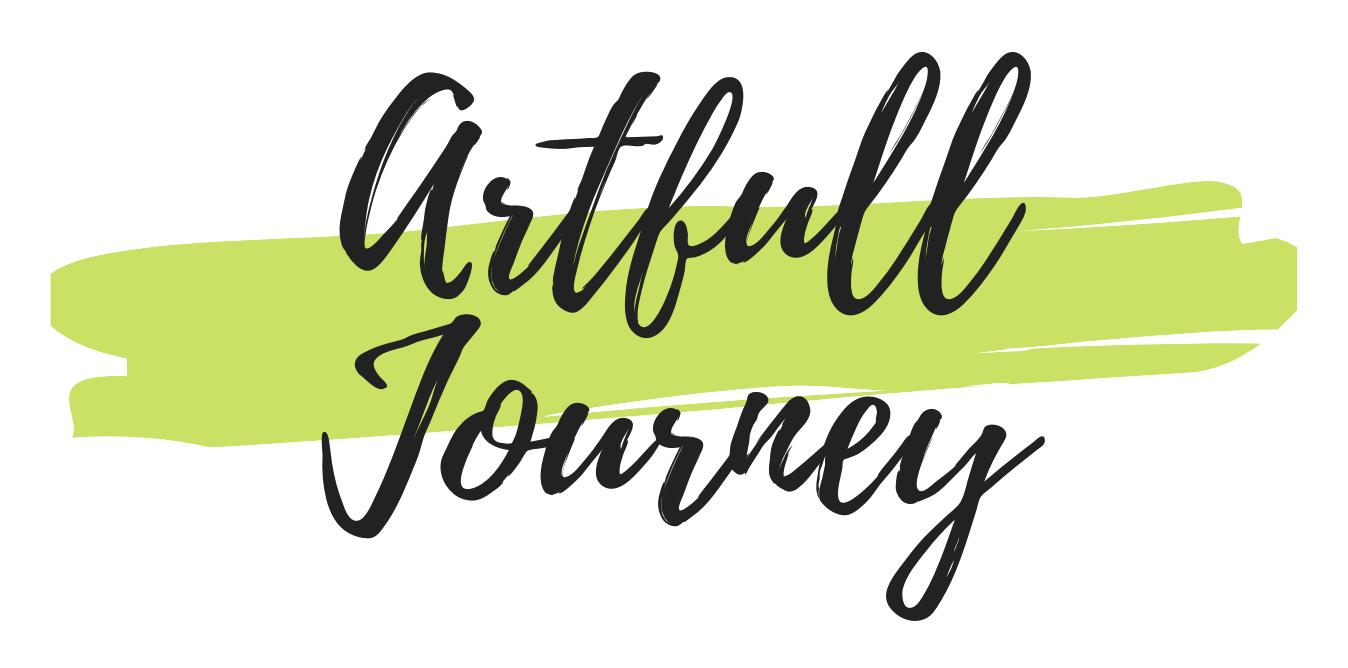



0 Comments